Nonprofit organization plans to turn pitches from PR students into real promotional campaigns
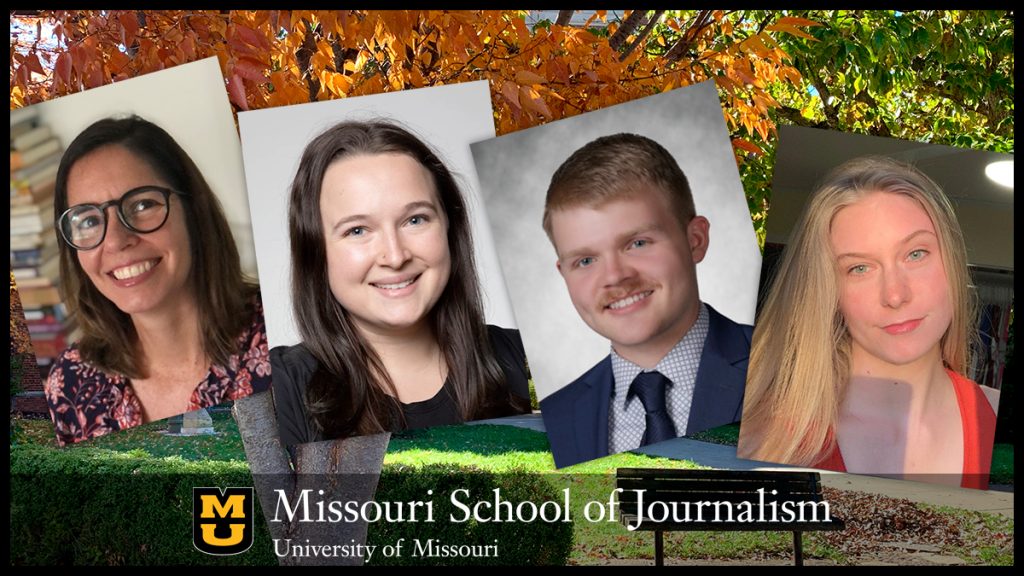
COLUMBIA, Mo. (Oct. 11, 2024) — During the 2024 spring semester, students in Professor Jon Stemmle’s public relations course took advantage of a hallmark of the Missouri School of Journalism’s strategic communication curriculum: the opportunity to work on a promotional campaign for a real client.
The students — four seniors and a graduate student — broke into two groups to promote Toxic Tours, a website from global nonprofit Break Free From Plastic (BFFP) that seeks to raise awareness about the impacts of plastic pollution through multimedia storytelling. Now, a few months after they presented their final pitches, BFFP has announced that ideas from both student teams will be adopted by the organization.
“These students were able to see their projects through from inception to adoption by the industry, which is the kind of practical experience that makes the School of Journalism special,” said David Kurpius, dean of the School. “Entering the job market, they have real, professional work products to show potential employers, and that kind of preparation is hard to beat.”
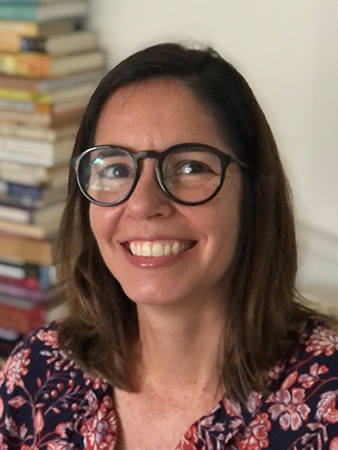
In fact, it was the School’s emphasis on the Missouri Method of “learning by doing” that drew Marianella Nuñez, global communications associate for BFFP, to seek student help. Nuñez is the parent of a current student at the School and has been impressed by the hands-on nature of the curriculum, an appraisal that has only strengthened now that she has seen the work of strategic communication students firsthand.
“We liked both of the proposals and we want to follow through on them,” Nuñez said. “The expectations were high, but the students certainly met or exceeded them. The level of everything was very professional.”
One group, led by master’s student Grace Noble, decided to take advantage of assets from both the School of Journalism and the Columbia community. Noble and then-seniors Tommy Carrico and Ella Laurent — both of whom graduated in May — proposed using BFFP’s large backlog of video footage to create a documentary film.
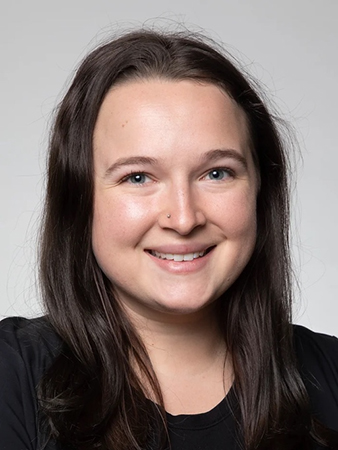
Noble said Nuñez could reach out to the School’s Murray Center for Documentary Journalism for potential help editing the footage together, and given the focus on an environmental issue, the documentary could also be released in tandem with Columbia’s annual Earth Day celebrations in late April.
“We made a list of organizations and specific contacts BFFP could pitch to, and we outlined the specific purposes for reaching out to each one,” Noble said. “We also talked about what they could do on social media if they reached out to different environmentally-focused influencers.”
Complete with a detailed timeline for promotion and production, the entire plan of action was designed to come in under BFFP’s $2,000 budget limit, allowing the students to gain experience working under real-world constraints on a project that could have far-reaching impacts.
“To know that someone found our project interesting enough to take into consideration and actually act on it is really validating,” Noble added. “I think it proves that my partners and I are completely capable of creating something desirable for an employer, and that’s the best thing about the J-School: we get to prove ourselves professionally.”
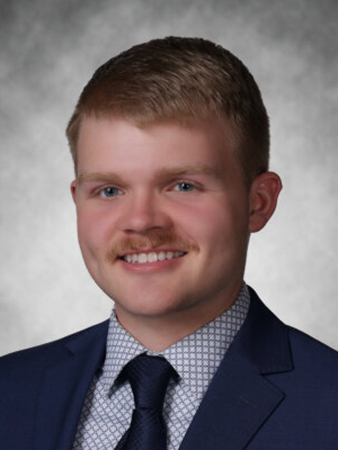
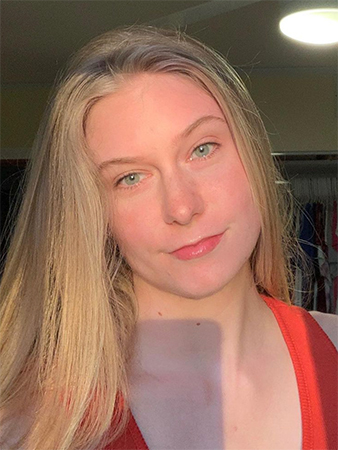
For seniors Cassi Reaka and Austin Williams, who worked in parallel on their own pitch, the sentiment was much the same. The pair focused their efforts on supporting BFFP’s Global Plastic Treaty Petition, which aims to bring countries all over the world together to commit to reducing the flow of plastic and other industrial byproducts into the environment.
Reaka and Williams researched relevant student organizations at the largest universities in the U.S., developing a communication strategy that included a list of contacts BFFP could use to connect with people interested in environmental issues to gather signatures for the petition. In addition, they created a flyer that the targeted student groups could hang up on their campuses to raise broader awareness of both the petition and the Toxic Tours program.
Williams, who is currently a quantitative strategist for MOJO Ad — the School’s professional services ad agency specializing in the youth and young adult market — said the project further stoked his passion for research, which was first sparked by Assistant Professor Kathleen Rose’s introductory strategic research course and is now the focus of his capstone experience at the student-staffed agency.
But it was the real-world implications of the work and the follow-up from Nuñez and BFFP that drove home the value of the project.
“A lot of the time when you do work in classes, it’s kind of like, this is a class thing — nothing will ever really come out of it,” Williams said. “This time, I felt like, oh, this is actually doing something.”
For Reaka, the experience was even more formative. She said it opened her mind to the possibilities of PR, and she has followed that path to the School’s other advertising agency, AdZou, where she is currently the PR account manager for the National Student Advertising Competition team.
“This felt like I was doing the things that I’ll actually be doing once I get into the industry,” said Reaka, who plans to earn her master’s degree soon after her bachelor’s as part of the School’s accelerated master’s program. “My perspective on PR has really expanded into an interest area.”
Stemmle, who also serves as chair of strategic communication and co-director of MOJO Ad at the School, said both projects demonstrate the high level of performance possible from students engaging in the Missouri Method.
“Offering these kinds of experiences is something I’ve done in the public relations class since the beginning, with a focus on nonprofits,” said Stemmle. “It’s a win-win: The organizations get wonderful ideas and plans and the students get great resume builders and a chance to take the lead with directly working with an organization. It’s as real world as we can get, and the students knock it out of the park every time.”
Updated: October 11, 2024